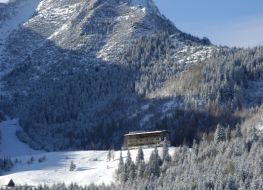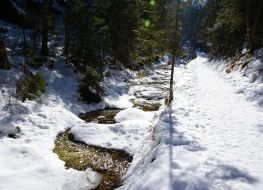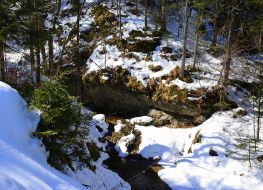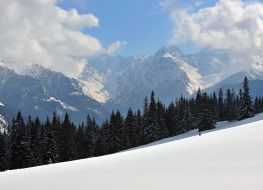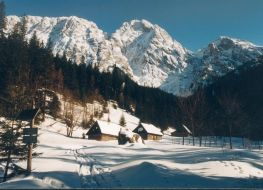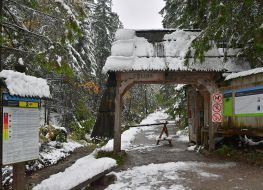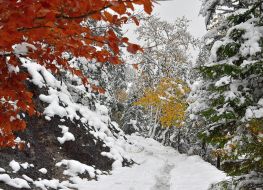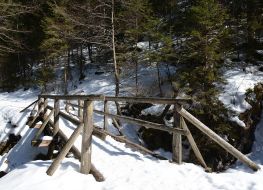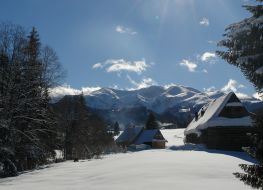4. High
parts mountain trips
Those
who go into high mountain terriroty must take account of moving on
steep terrain with risk of falling over high slope. Therefore, they
should be equipped with crampons, pickax and a helmet. Additionally,
difficult trips imply necessity of belay rope use. However, the
equipment itself won't suffice, thus high mountain terrain movement
skills are best acquired on training course. It's also possible to
hire a tour guide.
5.
Weather forecast and safety
Before
departing we should charge our phone battery and read the weather
forecast (available on websites
www.topr.pl
and www.tpn.pl).
Bear in mind that mountain storms are very dangerous and it's not
recommended to hike at the time. The fog is similairly deceiving and
can confuse even seasoned tourists. You should also be prepared for
track change and learn the surrounding trail layout before leaving.
Please note that trail colors do not mark their difficulty level.
To ensure your safety it's best to tell your relatives and
close ones about your plans (tour destination, chosen path, departure
time, estimted time of return, sleep location).
In case of
emergency, please call the number 601 100 300 (TOPR), 112 or use the
smartphone app available at
www.ratunek.eu.
Safety in the
mountains
Emergency help:
985
+48 601 100
300
+48 18 20 634 44
European
emergency number:
112
Where
will you find help?
TOPR: main
website of TOPR
Emergency app: Download
 Umiarkowana
Umiarkowana






